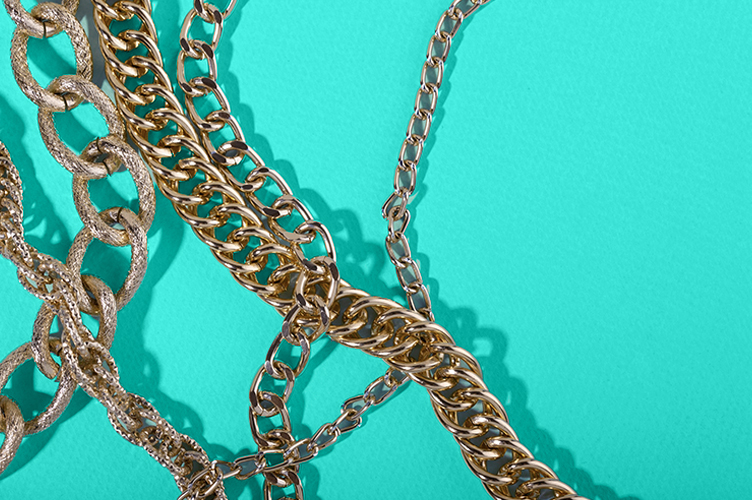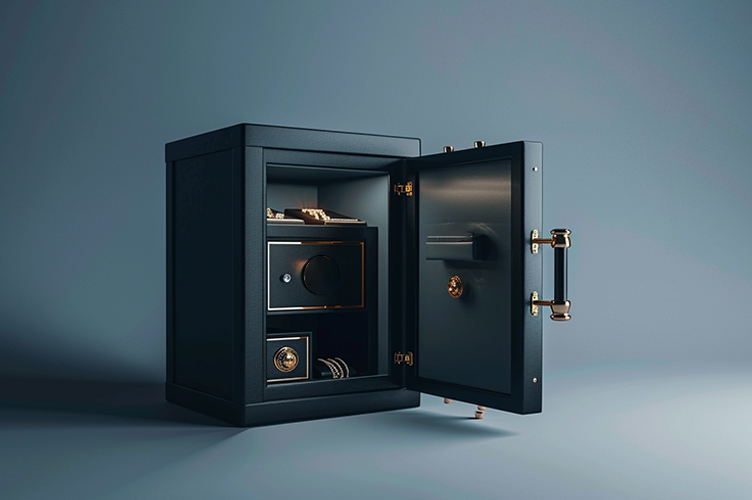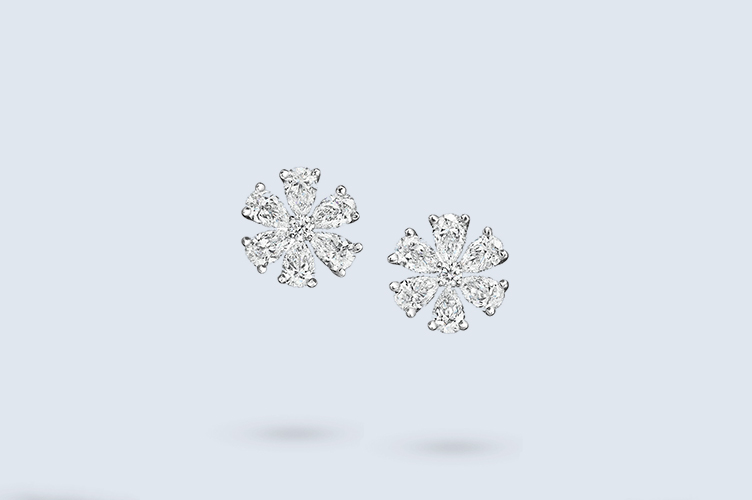What do you picture when someone talks about precious metals and mining? Is it gold, silver, treasure, and pirates, or is it huge digging machines, the world’s deepest mines, and old-time prospectors? All of these are part of the world of precious metals and mining!
Precious metals are called that because they are very valuable. They’re valuable because there isn’t much of them in nature and there’s a lot of demand for them. The most well-known precious metals are gold, silver, platinum, and palladium. Gold has been used for jewelry for centuries, and it’s also used for money and investing. You’ll also find gold used in dentistry and medicine as well as in the aerospace and electronics industries. Silver is used for jewelry, tableware, and mirrors, and it has also been used in dentistry and photography. While most people think of platinum as a metal for jewelry, the main use of this shiny white metal is actually in an automobile part called a catalytic converter, which helps to fight air pollution. Platinum also is used in electrodes and dental work. Palladium, also used in catalytic converters, may be found in fuel cells, jewelry, dental fillings, and electronics.
Because they are so valuable, precious metals have a long history of being part of treasure collections. Ancient Egyptians buried some of their dead with gold. During hundreds of years of Spanish exploration, fleets of treasure ships crossed the ocean to deliver goods and collect precious metals to bring back to Spain. These ships were often the target of pirates. Even today, precious metals attract thieves.
- Silver is used in jewelry, mirrors, and gloves that work with touchscreens. It’s also antibacterial!
- Precious metals are sold for billions of dollars every year, and their value fluctuates every day.
- Egypt’s oldest mummy was found covered in layers of gold.
- Ships carrying precious metals have often been attacked by pirates.
- Modern thieves seek riches by stealing car parts containing precious metals.
The metals that people use need to be found in nature. Some are found on Earth’s surface. As rivers rush over veins of gold in the ground, small bits of the metal can be broken off and carried by the current with other sediments. A deposit of gold may form at a bend in a river, where the water slows down and drops sediment. Panning for gold is a method used by prospectors in which sediments from the bottom of a river or creek are gently shaken and swirled in a pan to separate the gold bits from other deposits. Using water to help separate gold from other sediments is called placer mining. Many people still do this as a hobby today.
Most metals are dug, or mined, from underground. Rocks that contain relatively large amounts of metals are called ore. Methods of extracting precious metals from Earth’s crust have changed over time. In ancient Egypt, enslaved people dug the gold ore from the ground. The laborers dug pits, trenches, and sometimes deep tunnels following veins of ore underground. After digging up the ore, workers crushed it by hand, then shook the sediment to separate the gold from other materials. Sometimes, they would carry it to a water source, where rinsing the sediment helped the separation process.
In more modern times, mining operations have grown to a much larger scale. Rather than hand-digging ores from the ground, machines have allowed us to process many tons at a time. The two main types of mining in use today are surface mining and underground mining. In surface mining, also known as open pit mining or strip mining, large areas of land are dug up and processed to remove valuable materials. Sometimes, an entire mountaintop will be destroyed in order to obtain minerals. Underground mining requires deep digging of tunnels and shafts to reach underground deposits. Some mines are more than a mile deep! The use of explosives and the potential for cave-ins and other accidents means that mining can be a dangerous job. Miners also have to be very careful to prevent their mines from polluting the groundwater and surrounding area. Chemicals that are used in processing ore and some of the mined materials themselves can be carried into the environment and cause great harm. There are laws to protect the environment from the impacts of mining, and mining companies are supposed to clean up any messes that they make.
- Mining can take place at the surface of the earth or underground.
- Six of the top ten deepest mines in the world are in South Africa.
- Most of the precious metals used by people today originally came to Earth from space!
- In 2021, more than 1 million metric tons of precious metals and metals used to create technological devices were mined.
- Mining gives us important materials, but it can be harmful to the environment.






